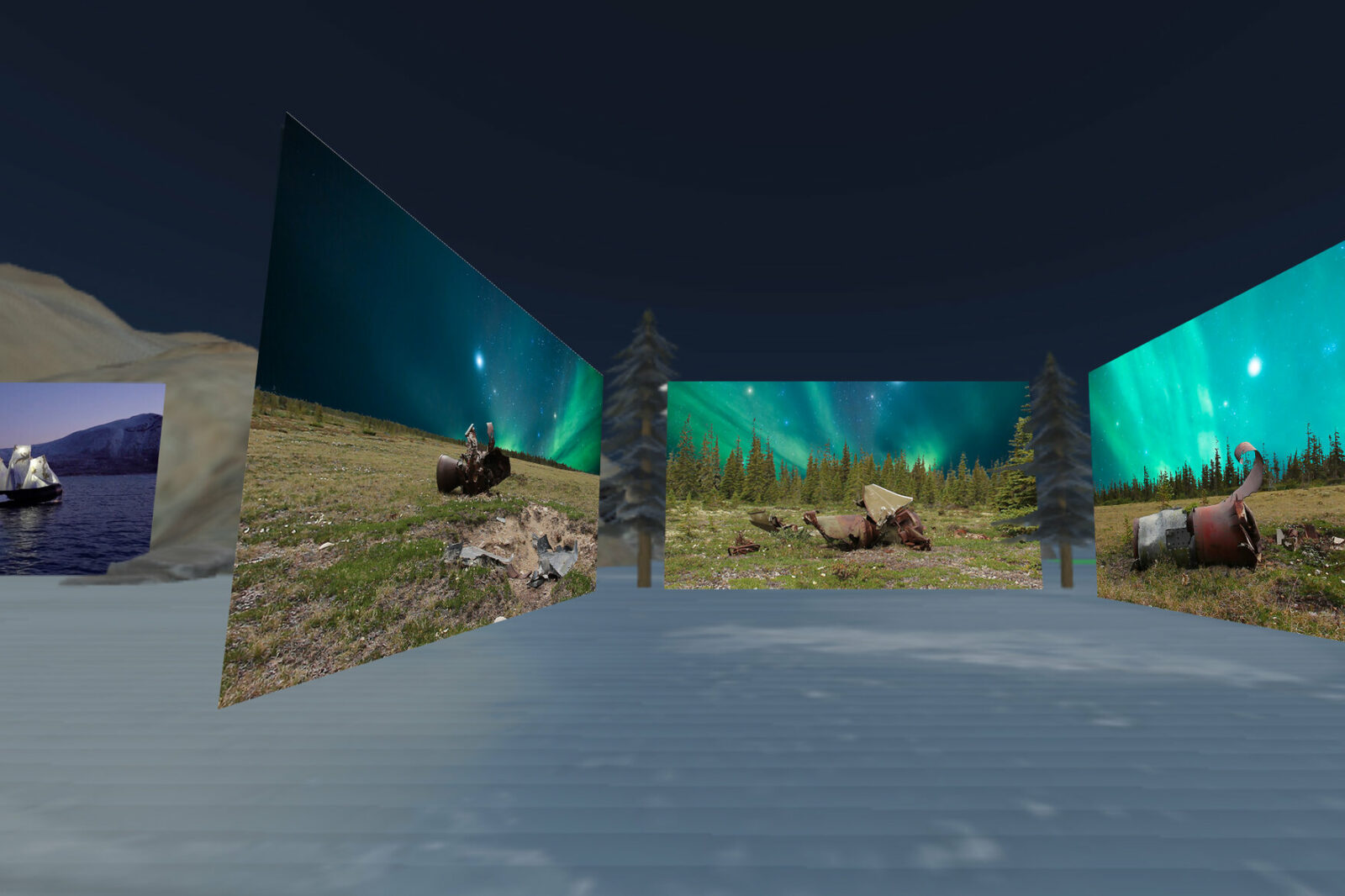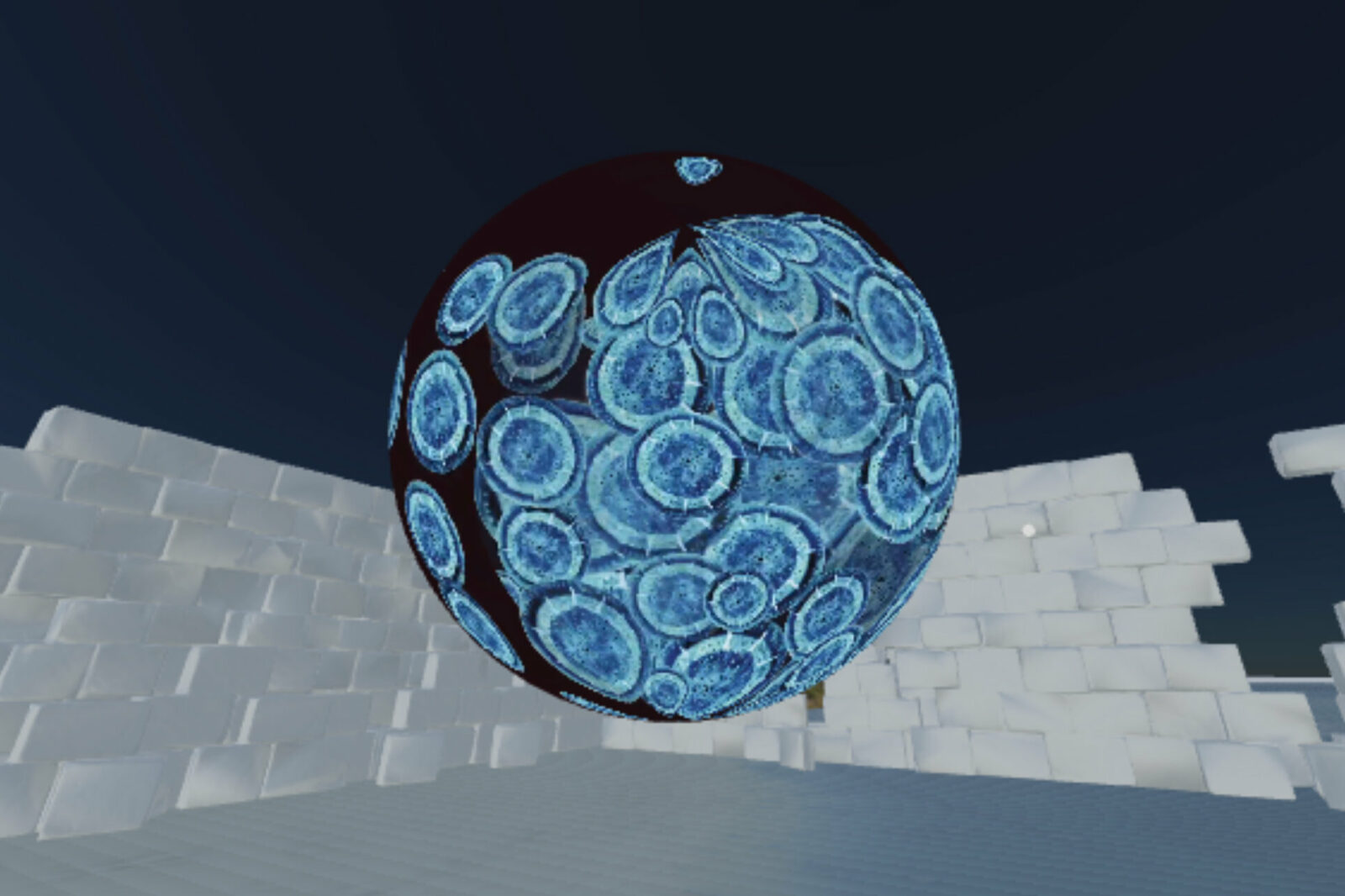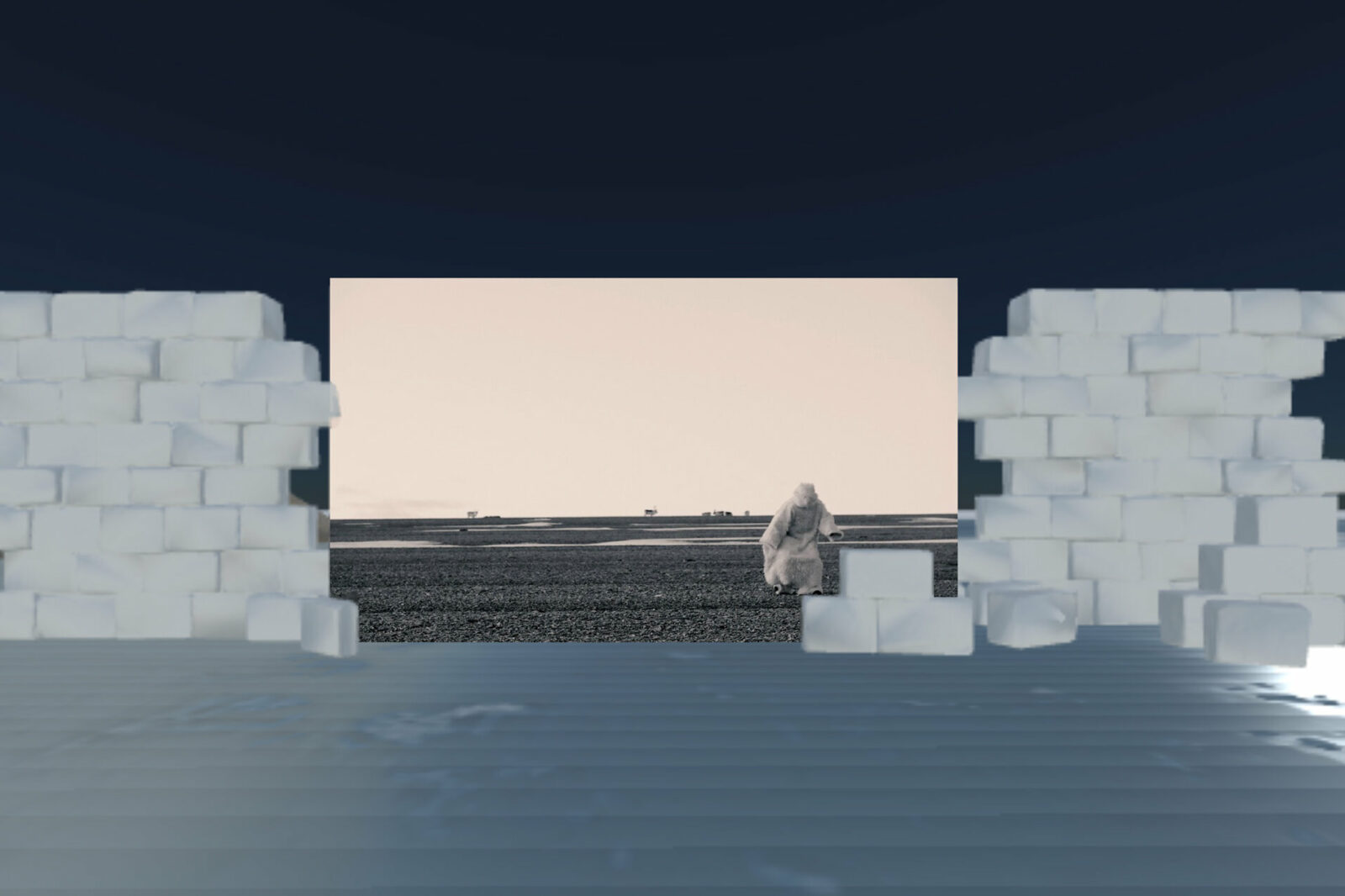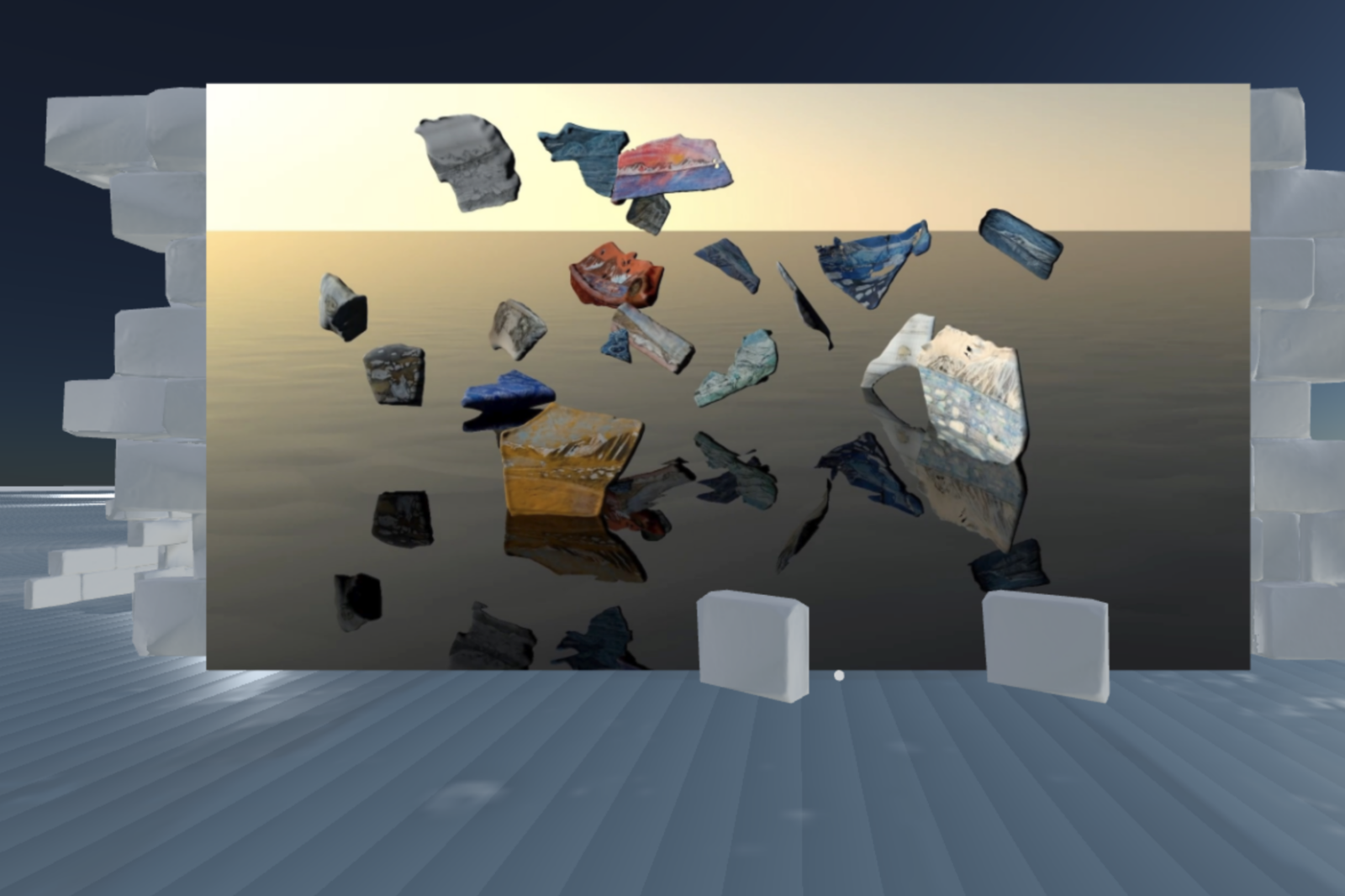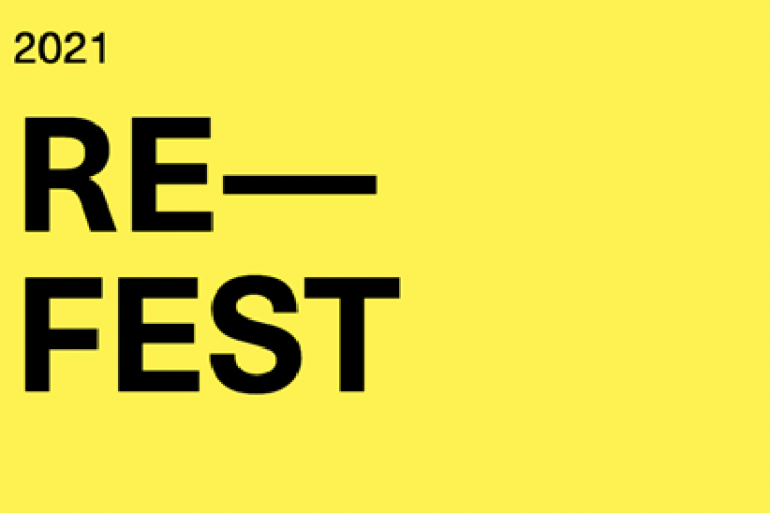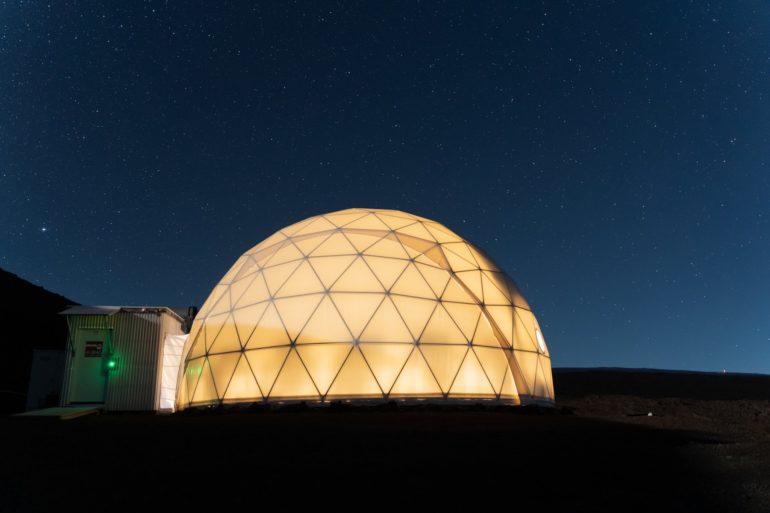Torrance Art Museum • CultureHub • Yuri’s Night
Virtual Gallery>> (Enter Here)!!
Exhibition Walkthrough
Featured Artists: Robert Platt, Michael Najjar, Stephanie Imbeau, Cara Levine, Isabel Beavers, Laine Rettmer, Britt Ransom, Richelle Ellis, Allison Maria Rodriguez
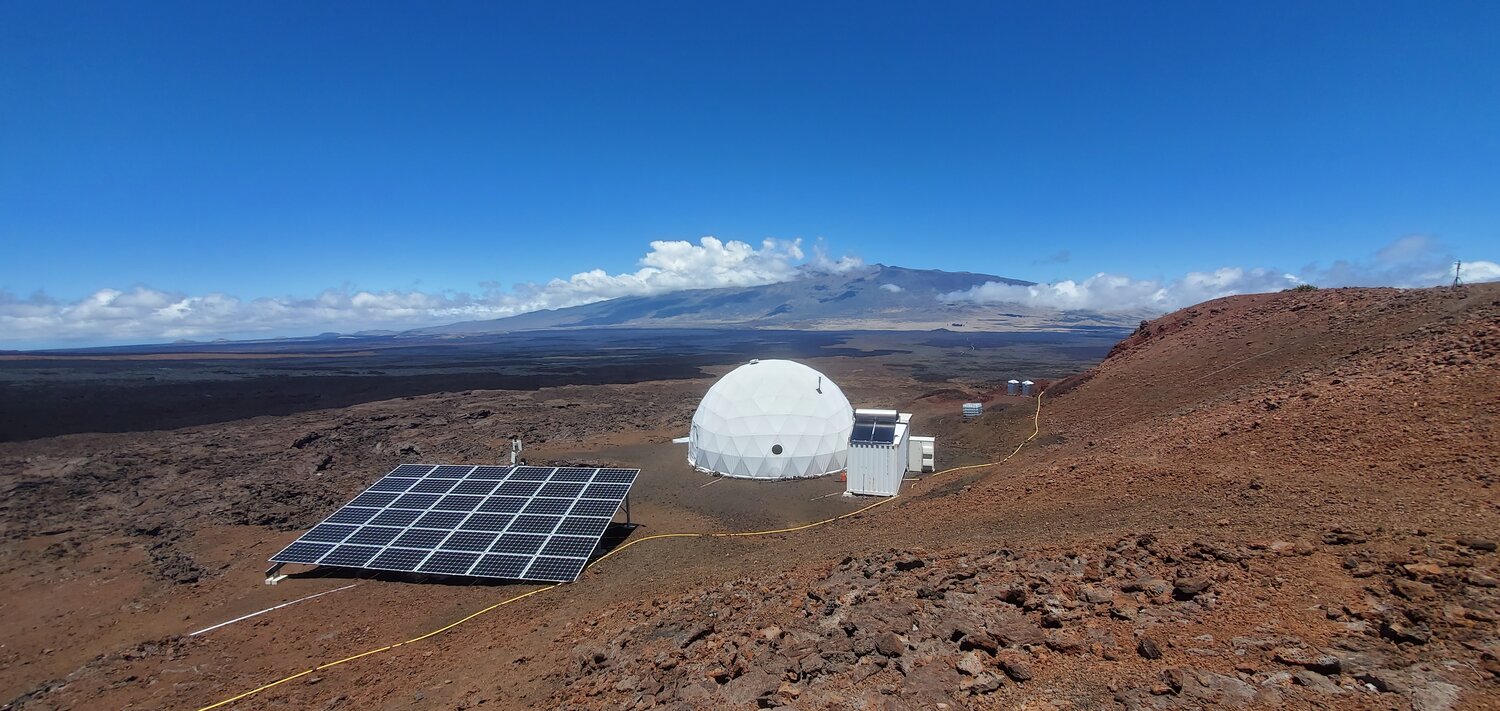
Off-World: Arctic Origins is an exhibition that uses the site of the Arctic Wilderness to consider human and non-human roles in reaching and exploring the red planet Mars. The virtual exhibition negotiates life at the edge of survival and asks the viewer what the expeditionary journey reveals. While the exhibition was originally created for an analogue mission on Mars at the Hawai’i Space Exploration Analog and Simulation (HI-SEAS), the work moves from its original location—a Mars simulation habitat—to the context of a virtual art festival, and the story of exploration remains at the forefront.
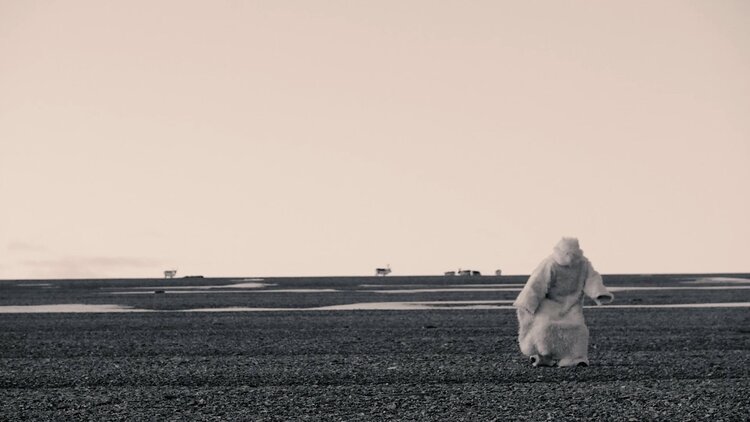
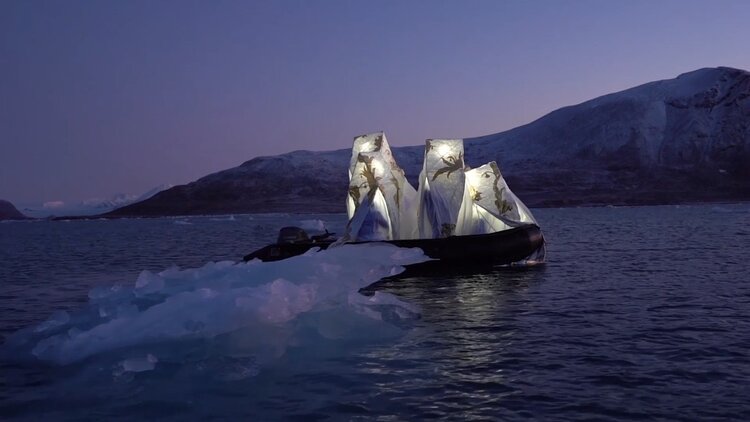
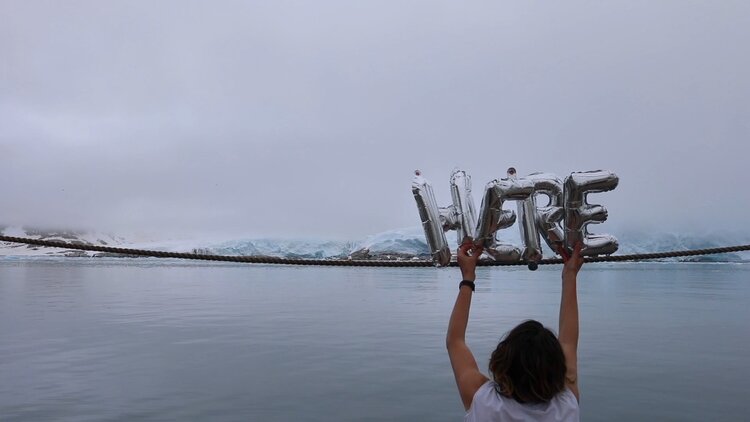
The reiteration of the curation into a public virtual experience mimics the space mission: an intimate grouping experienced in isolation that is changed before returning to the public. This summation of artworks presents a multifaceted investigation of the Arctic as a physical and psychological site—one ripe for questioning our role in space travel and Martian exploration. Simultaneously, a new pathway for the dissemination of creative work is revealed, one that tests intimacy, publicity, and recontextualization.
The Arctic represents the complex tensions of our age: ecological fragility against extraction and exploration; an extreme climate presenting challenges for life on Earth and other planets; the test of survival in far-reaching places. The distant poles of planet Earth push the human spirit to extreme discoveries and bring new life and research to a seemingly untouchable place. Furthermost regions like the Arctic are utilized as simulation sites to test the limits of life in harsh environments, simulating experiences on Mars, the Moon, and in spaceflight. How is life pushed to the limits in our polar regions? How have humans survived and thrived in the Arctic for millenia? Which organisms survive? What trials do they and their communities undergo?
As astronaut Nicholas Patrick describes, “the further out I traveled, the closer I felt to home.” This journey transforms our inner and outer worlds, rearranging the ways we think of position and ownership. From glacial Arctic terrain to the red planet, we find ourselves challenging notions of home, extremity, and longevity. Stephanie Imbeau’s white fabric house-like structures teeter in the wind, but settle nowhere—an alien form in the harsh Arctic landscape. Robert Platt interrogates the notion of settlement by presenting oscillating perspectives from the position of the colonizer and the colonized. His figures eventually camouflage into the landscape, both belonging and intruding in his film Becoming Arctic.
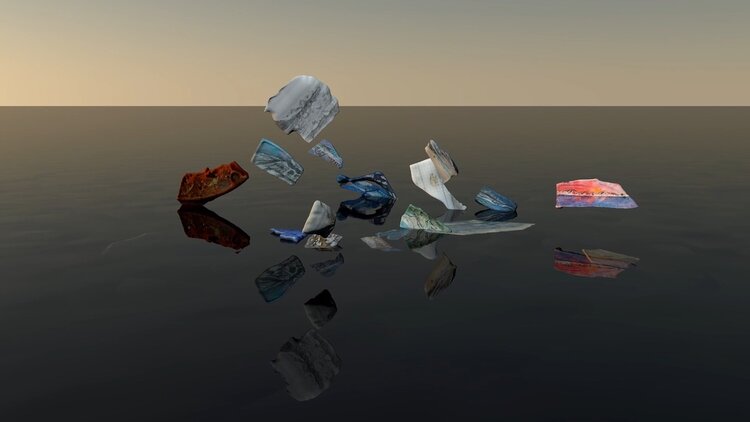
Other works look to focus not on the ways humans are changed by their journeys, but how journeys alter environments, physically and psychologically. Is this a conquest or an arrival? In the work Emerald Mother, Cara Levine exchanges messages with the viewer and the landscape in which she is situated, to mark or interpret the ever-changing environment. As seen in Left Behind, Richelle Gribble meditates on the omnipresent trail of human detritus. Taking on its own life, plastic waste traverses our globe autonomously, leaving a permanent mark of human impact in fragile ecosystems. Like the tire treads of the Mars rover, we ponder the trail that is left behind as we continue to venture outward.
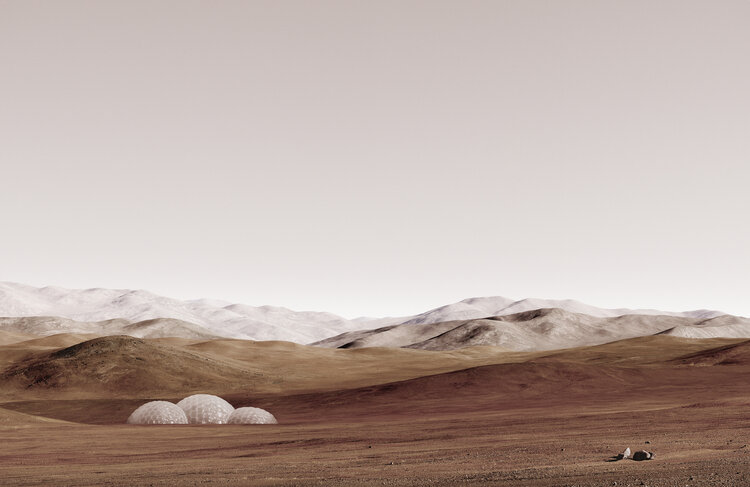
Artist Allison Maria Rodriguez presents digital image stills of the Arctic landscape littered with rusting rocket debris. The images depict a former rocket launch site where discarded rockets were left to weather, rusted and gnarled. Her work considers the waste produced by the space industry and its impact on the Earth’s fragile ecosystem. What are the costs of our extra-planetary pursuits? Michael Najjar similarly considers extraction and industry in relation to the Moon and Mars. In ‘moon mining’ Najjar presents a startling view of Earth from the Moon, a mining site quietly nested in the lower corner of the composition. The Moon, he projects, will come to be valued for energy extraction in the near future. Juxtaposed against his ‘new earth’ we are presented with the simultaneous challenges faced by melting and warming systems on Earth-melting Arctic ice and a warming planet due to greenhouse gas emissions. Britt Ransom’s 3D scans of Arctic ice are presented at large scale. Scanned in 2014, these physical pieces of ice are likely gone. What is the relationship between space exploration and climate change? What is lost as we push further out? What can be gained?
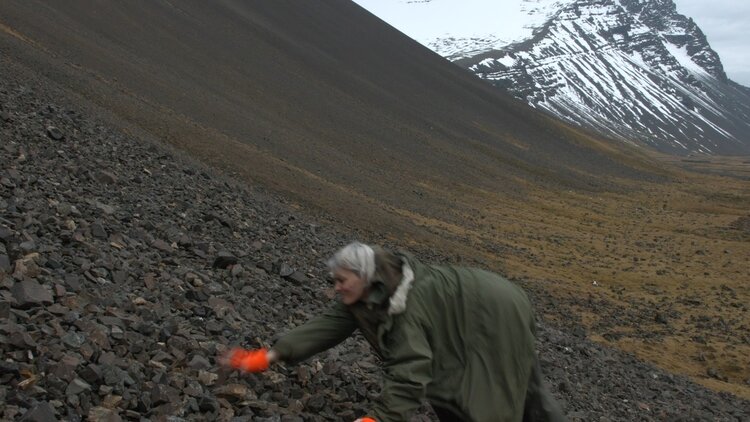
As ecologies morph, new environmental mythologies are born. The works Melt and Measure by Isabel Beavers and Laine Rettmer occupy this tipping point as an opportunity to generate a new mythology, one that reimagines power relationships as they apply to gender, ecology and story. These shifts usher in a new era because our positionality as humans inevitably changes in relation to the more-than-human species around us. Spring Bloom visualizes extreme algal blooms in the Arctic, revealing the potential of single-celled organisms to populate and thrive in harsh climates. Considering bacteria might be the first species to survive on Mars, this work—as well as the entire exhibition Off World: Arctic Origins—asks what human and non-human life could be on another world.
Curatorial writings: Isabel Beavers & Richelle Ellis. Edited by Janna Avner.
